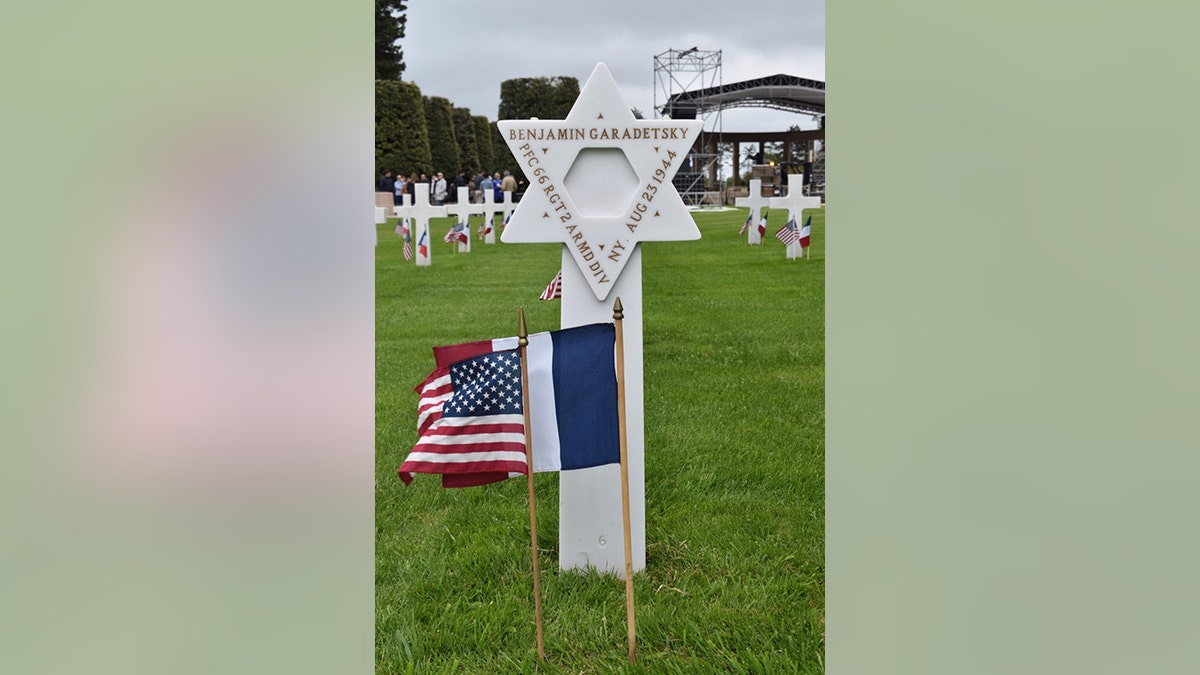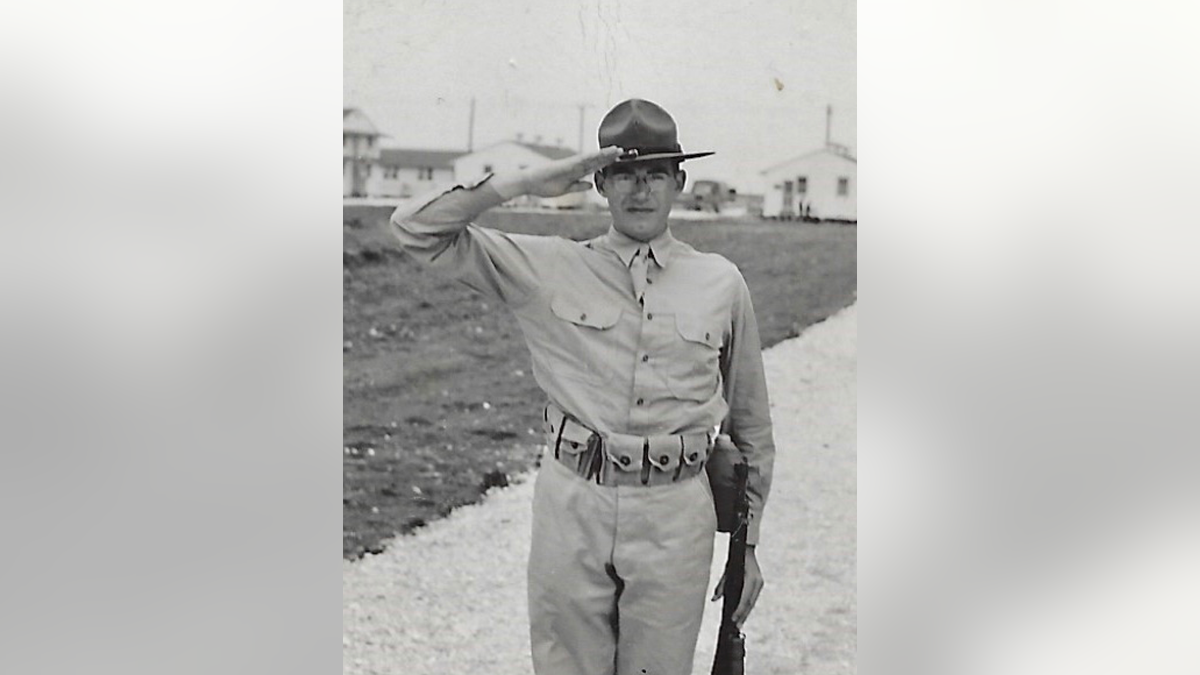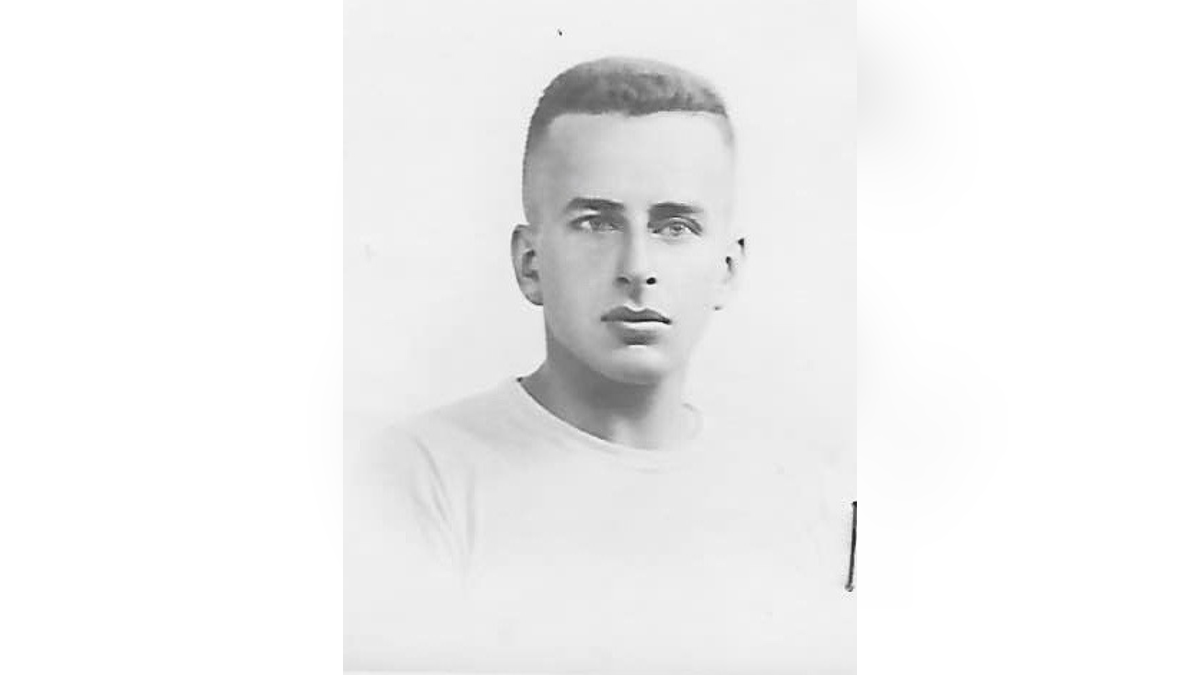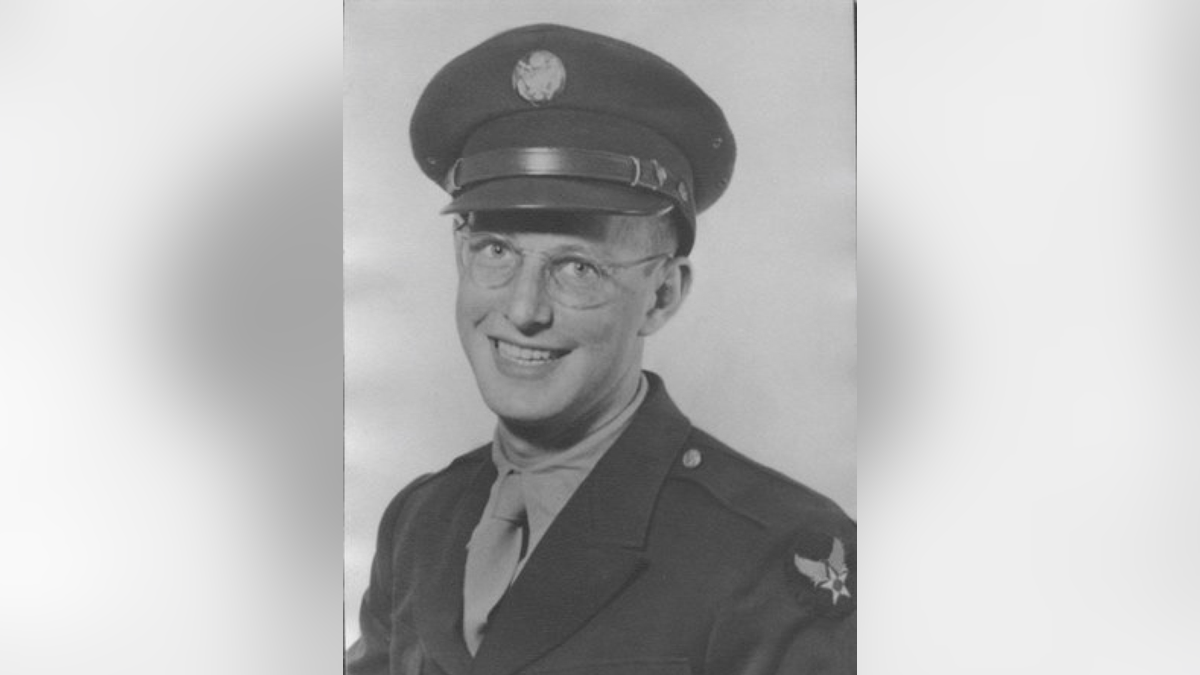Fox News Flash top headlines for Feb. 11
Fox News Flash top headlines are here. Check out what's clicking on Foxnews.com.
Some 75 years later – after a series of recent serendipitous moments and intensive research – five fallen Jewish American soldiers from World War II finally will be buried beneath a Star of David.
The unique re-naming ceremony is slated to take place in Manilla, Philippines, on Wednesday – coordinated by the American Battle Monuments Commission (ABMC) and the founders of Operation Benjamin. The Latin cross headstones adorning the graves of five U.S. soldiers buried in the Manila American Cemetery and Memorial will be replaced with the Star of David.
“We wanted to bring truth to the historical record. Amid a time of rising anti-semitism, it is important that when someone visits the cemetery that they see the physical manifestation of the Jewish men who bled and fought and died for the United States,” Operation Benjamin founder Shalom Lamm told Fox News. “The symbolism is important; these were people who were born as Jews, lived as Jews, and died as Jews. That heritage was important to them and their families.”

Operation Benjamin was named after Private First Class Benjamin Barney Garadetsky, 66th Regiment, 2nd Armored Division, who immigrated to the U.S. from the Soviet Union as a small child in 1921. (Operation Benjamin)
ANCIENT CHRISTIAN RUINS DISCOVERED UNDER FORMER ISIS-HELD TERRITORY
There are numerous reasons why a Jewish service member during the Second World War may not have been recognized as such on initial and then permanent burial – everything from clerical errors to personal omission to reduce the risk of persecution should they be captured by the enemy.
Often, Jewish soldiers had to quickly deface the “H” for Hebrew on their “dog tags” so as to not make themselves susceptible to Nazi targeting. On other occasions, it was a miscalculation that can only be contributed to the fog of war, the chaos and confusion, or because loved ones left behind did not have the money or means to correct the mistake.
Representatives of four of the five fallen will take part in the historic ceremony, along with blessings from the U.S. and Israel ambassadors to the Philippines. Together they intend to recite the Mourner’s Kaddish at each of the graves, Lamm said.
“May His Great Name be blessed forever and to all eternity,” the hymn goes. “Blessed and praised, glorified, exalted and extolled, honored, adored and lauded be the Name of the Holy One, blessed be He.”
So, who were the fallen?
Philadelphia-born Pvt. Louis Wolf was 25 when he died on March 19, 1945. He had been taken prisoner by the Japanese and died of dehydration. Pvt. Arthur Waldman, who hailed from Michigan, died in early 1944 after enduring the infamous Bataan Death March, succumbing to beriberi heart failure – often associated with starvation – at a Japanese POW camp in Tokyo.

Pvt. Arthur Waldman, who hailed from Michigan, died in early 1944 after enduring the infamous Bataan Death March, succumbing to beriberi heart failure – often associated with starvation – at a Japanese POW camp in Tokyo. (Operation Benjamin)
Then there is 1st Lt. Robert S. Fink, from New York, who died on his 25th birthday in 1944 from scrub typhus at the 2nd Station Hospital in Papua New Guinea. Connecticut native Pvt. Allan C. Franken – at just 20 years old – was killed by a gunshot in the Philippines on April 14, 1941.

1st Lt. Robert S. Fink, from New York, who died on his 25th birthday in 1944 from scrub typhus at the 2nd Station Hospital in Papua New Guinea (Operation Benjamin)

Connecticut native Pvt. Allan C. Franken, who – at just 20 years old – was killed by a gunshot at a field hospital in the Philippines on April 14, 1941. (Operation Benjamin)
And lastly, Polish-born U.S. immigrant Sgt. Jack Gilbert was 37 when he was hit by enemy shell fire on the island of Bougainville in Papua New Guinea in February 1942.
“It is ABMC’s mission to ensure that the stories of the service members we are entrusted with live on in perpetuity. It is so important that those stories be told in truth,” noted Alison Bettencourt, a spokesperson for the commission. “It’s truly an honor to be able to correct those errors and to ensure that, moving forward, these service members will be remembered as who they were – Jewish American patriots who sacrificed all so that tyranny never reached our shores.”

Polish-born U.S. immigrant Sgt. Jack Gilbert was 37 when he was hit by enemy shell fire on the island of Bougainville in Papua New Guinea in February, 1942. (Operation Benjamin)
The idea of Operation Benjamin was first sparked in 2014, as Harvard-trained historian Rabbi JJ Schacter led several couples through the green patches of earth marking the U.S. graves in Normandy, where some 2,400 U.S. service members died in the eponymous D-Day invasion on June 6, 1944.
Weeks later, he met Lamm by chance at a gathering on Long Island, N.Y., where they shared their confusion as to why there were not more Jewish stars on display at the deeply sacred memorial site.
“It really struck a chord with me, and I stayed up for hours trying to figure out how many Jewish stars were there and how many should be there,” Lamm recalled. “I worked out that around 2.7 percent of U.S. military casualties from WWll were Jewish, which meant that around 270 Jewish stars should be at Normandy.”
But according to public records, there were only 149. The question of what really happened plagued Lamm so profoundly that he endeavored to take action. He brought in genealogist Steve Lamar in 2016, and the concept of Operation Benjamin fell into place, named after Private First Class Benjamin Barney Garadetsky, 66th Regiment, 2nd Armored Division, who immigrated to the U.S. from the Soviet Union as a small child in 1921.
VETERAN SUICIDE RATES REMAIN ALARMINGLY HIGH DESPITE YEARS OF REFORM
Garadetsky belonged to the fabled 2nd Armored Division, dubbed “Hell on Wheels.” Formed in 1940 at Fort Benning, Ga., by then-Col. George S. Patton, the division’s battlefield prowess spanned two continents and 10 countries over a three-year period.
At age 30, Garadetsky was slain during a Luftwaffe bombing and laid to rest in Normandy, mistakenly underneath the Latin cross, a mistake that would have potentially lingered forever if it were not for the work of Operation Benjamin with the support of the ABMC.

A memorial rose on the electric fence at the Auschwitz concentration camp in December 2019. (Christopher Furlong/Getty Images, File)
After this first successful marker change, the team has gone on to correct the religious faults that adorn numerous other Jewish soldiers. Two other changes have already taken place in Normandy, and in May, three Jewish American airmen will have their insignia swapped too – two in Belgium and one in France. Family representatives for those fallen are set to also be in attendance.
“When all these men died, they could not ever have imagined there would a Jewish state just a few years later,” Lamm reflected.
The process, which requires approval from the commission, is far from simple. It requires inordinate amounts of documentation concerning the soldier’s heritage and/or authorization for surviving relatives.
CLICK HERE TO GET THE FOX NEWS APP
Yet for the loved ones and descendants of those who fought and died for the U.S., closure can never come too late.
“For each family, it brings an end to an often very painful or perplexing chapter,” Lamar added. “To know that these individuals were Jewish and proud of their Jewish heritage, but for different reasons were buried under a cross. In many cases, family members didn’t know that they could correct the mistake. Now that they know there is an avenue, there is closure.”

